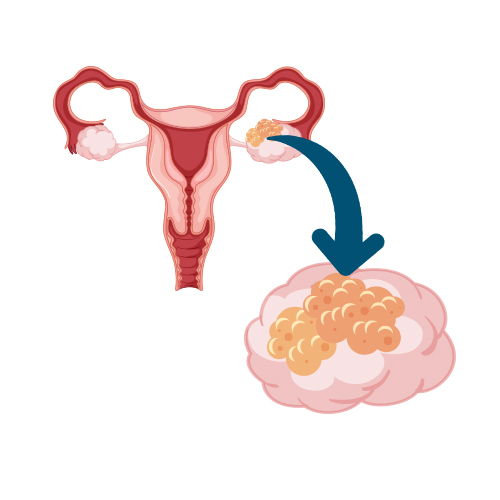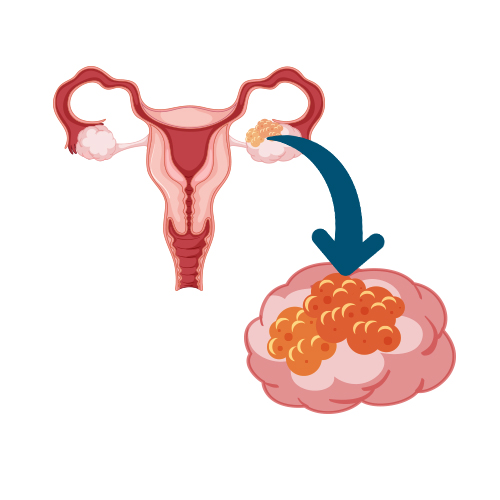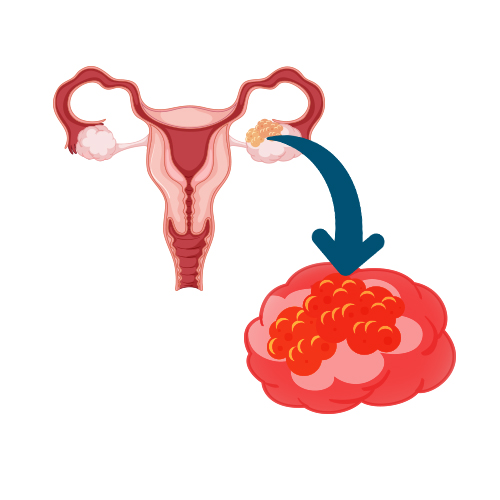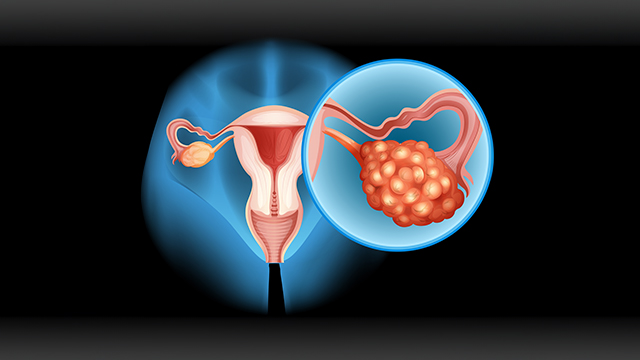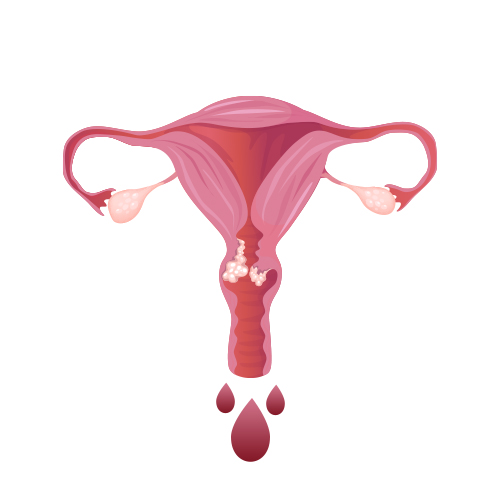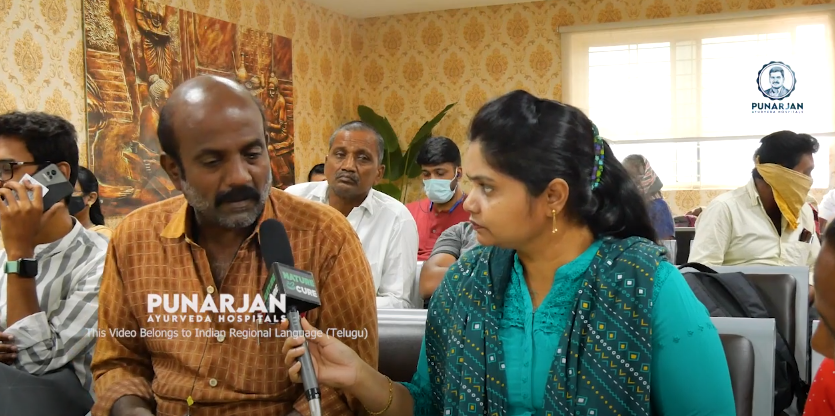Surgery – Surgical interventions for epithelial ovarian cancer mainly aim at staging and debulking. Surgery for germ cell and stromal cell ovarian tumors, the objective of surgery is to remove the cancer. While hysterectomy and bilateral salpingo-oophorectomy are administered for germ cell ovarian tumors, the cancer-affected ovary is removed through surgery in stromal cell ovarian tumors.
Radiation Therapy – In the U.S., aggressive chemotherapy is deemed more effective than radiation therapy. However, radiation therapy that uses high-energy x-rays to eliminate cancer cells can be administered on the regions where the cancer has spread. External beam radiation therapy and brachytherapy are the most common types of radiation therapy recommended for treating ovarian cancer.
Chemotherapy – Chemotherapy for epithelial ovarian tumors are often administered in the intraperitoneal manner. Chemo for germ cell ovarian tumors often use a combination of drugs, known as BEEP, for eliminating cancer cells and preventing a relapse. It is not usually recommended for stromal cell ovarian tumors.
Hormone Therapy – Hormone therapy leverages hormones or hormone-blocking drugs to fight cancer. While this systemic treatment modality is rarely recommended for epithelial ovarian tumors, this is ideal for stromal cancers. LHRH agonists, Tamoxifen, and aromatase inhibitors are the commonly used drugs for hormone therapy.
Targeted Drug Therapy – Drugs, such as bevacizumab, PARP inhibitors, drugs to target folate receptor-alpha and NTRK gene changes are leveraged for targeting cancer cells and eliminating them. However, there are multiple side effects of these drugs and thus, you should consult your healthcare provider before opting for targeted drug therapy.
Immunotherapy – Immunotherapy plays a pivotal role in equipping one’s immune system to identify and eliminate cancer cells on its own. However, at times, one’s immune system can get aggressive and attack healthy cells too. At such a juncture, immune checkpoint inhibitors are leveraged to prevent the immune system from attacking healthy cells.
